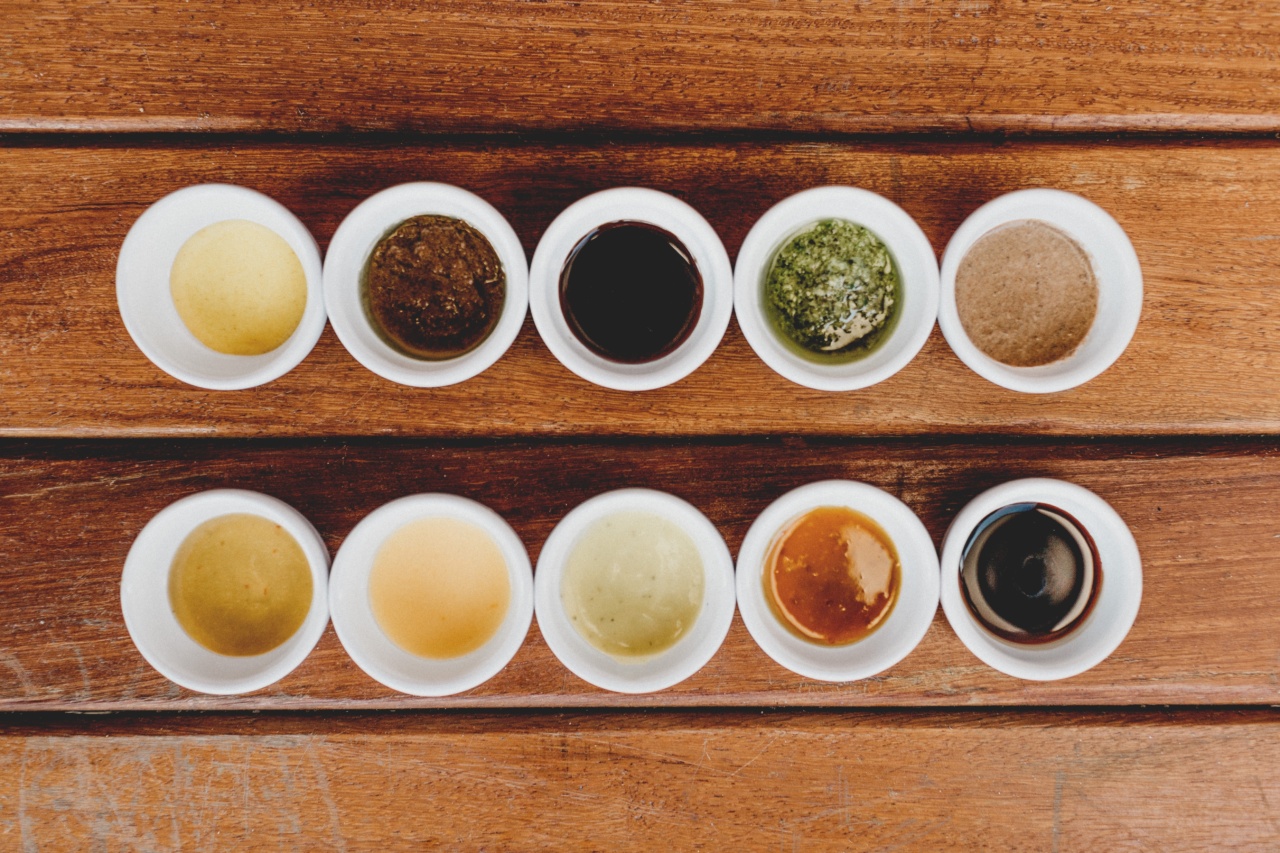Migraines are a common neurological condition that can cause severe, throbbing headaches, often accompanied by nausea, sensitivity to light and sound, and dizziness.
While the exact cause of migraines is still unknown, various triggers, including certain foods, have been found to contribute to the onset and severity of these debilitating headaches. Managing migraines through diet and making specific food choices can be an effective strategy to reduce the frequency and intensity of these painful episodes.
This article explores the relationship between migraines and food, highlighting key dietary considerations for migraine sufferers.
Identifying Trigger Foods
When it comes to managing migraines through food choices, the first step is to identify potential trigger foods. Trigger foods are specific foods or beverages that can initiate a migraine attack or worsen the symptoms.
While trigger foods can vary from person to person, some common culprits include:.
- Caffeinated beverages
- Alcohol, especially red wine
- Chocolate
- Processed meats containing nitrates, such as hot dogs and deli meats
- Cheese, particularly aged cheeses like cheddar and blue cheese
- Monosodium glutamate (MSG) found in some processed foods and Asian cuisine
- Citrus fruits
- Artificial sweeteners
- Food additives, such as food dyes and preservatives
- Foods containing tyramine, such as aged meats, fermented foods, and certain beans
While the above items are common triggers, it is essential for migraine sufferers to identify their personal trigger foods through a process of trial and error.
Maintaining a comprehensive food and headache diary can aid in identifying patterns and potential triggers.
Implementing a Migraine-Friendly Diet
Once trigger foods are identified, it is crucial to make dietary changes that support migraine management.
Creating a migraine-friendly diet involves incorporating foods that are less likely to trigger migraines and promoting a balanced and healthy eating plan. Consider the following dietary modifications:.
Avoiding Caffeine and Alcohol
Caffeine and alcohol are known to trigger migraines in many individuals. Limiting or avoiding caffeinated beverages such as coffee, tea, and energy drinks, as well as alcoholic drinks, especially red wine, can help prevent migraines.
Opting for decaffeinated alternatives and non-alcoholic beverages can be a safer choice.
Opting for Fresh and Whole Foods
Processed foods often contain additives and preservatives that can trigger migraines. Opting for fresh and whole foods can reduce the consumption of potential trigger substances and provide essential vitamins and minerals.
Fresh fruits, vegetables, lean proteins, whole grains, and nuts can be included in the diet to support overall health and minimize migraine triggers.
Identifying and Avoiding Food Allergies or Sensitivities
In some cases, migraines may be triggered by food allergies or sensitivities. Common allergens include gluten, dairy, eggs, and nuts.
Identifying any potential allergies or sensitivities through consultation with a healthcare professional or allergist and eliminating trigger foods from the diet can help manage migraines effectively.
Ensuring Adequate Hydration
Dehydration is a common trigger for migraines. It is vital to stay properly hydrated by drinking an adequate amount of water throughout the day.
Including hydrating foods with high water content, such as cucumbers, watermelons, and oranges, can also contribute to maintaining hydration levels.
Managing Blood Sugar Levels
Rapid fluctuations in blood sugar levels can potentially trigger migraines. It is advisable to maintain stable blood sugar levels by consuming regular meals and snacks that include a mix of complex carbohydrates, lean proteins, and healthy fats.
Avoiding prolonged fasting or skipping meals can be beneficial for migraine management.
Considering Magnesium-Rich Foods
Magnesium deficiency has been linked to migraines. Including magnesium-rich foods such as leafy greens, nuts and seeds, avocados, and legumes in the diet can help reduce the frequency and severity of migraines.
Additionally, magnesium supplements may be recommended under the guidance of a healthcare professional.
Limiting Sodium Intake
Excessive sodium consumption can lead to dehydration and trigger migraines. Reducing the intake of sodium-rich foods, such as processed and packaged snacks, canned soups, and fast food, can help manage migraines.
Reading food labels and opting for low-sodium alternatives can contribute to overall well-being.
Practicing Moderation with Trigger Foods
While it is important to avoid trigger foods completely, some individuals may be more tolerant and experience migraines only when consuming large quantities of these items.
For such individuals, practicing moderation by limiting the consumption of trigger foods may be an appropriate approach. Consulting with a healthcare provider can help determine the best course of action.
Considering the Benefits of Omega-3 Fatty Acids
Omega-3 fatty acids, found in fatty fish like salmon and sardines, as well as walnuts and flaxseeds, have anti-inflammatory properties that may potentially help reduce the frequency and intensity of migraines.
Including these foods in the diet can offer additional benefits for migraine management.
Conclusion
While diet alone cannot completely eliminate migraines, making informed food choices can significantly contribute to managing and reducing the frequency and severity of these headaches.
Identifying trigger foods, implementing a migraine-friendly diet rich in whole and fresh foods, managing hydration and blood sugar levels, and considering specific nutrients like magnesium and omega-3 fatty acids are essential strategies for migraine sufferers. By adopting these dietary modifications and working closely with healthcare professionals, individuals can take control of their migraines and improve their quality of life.



























